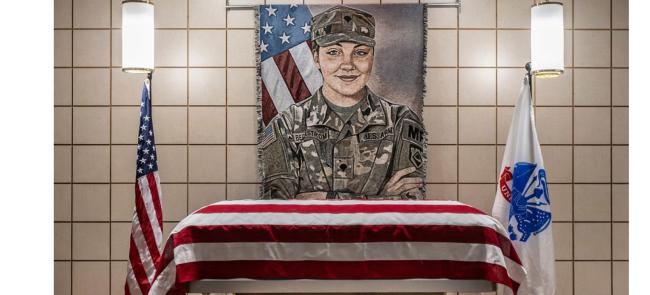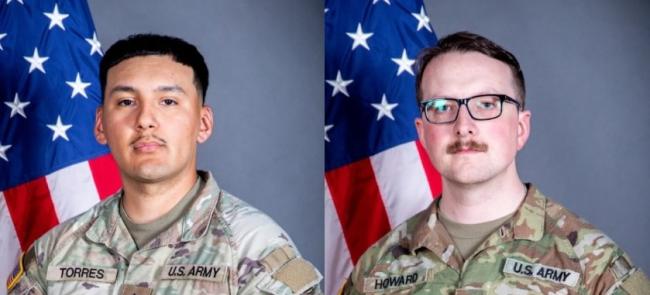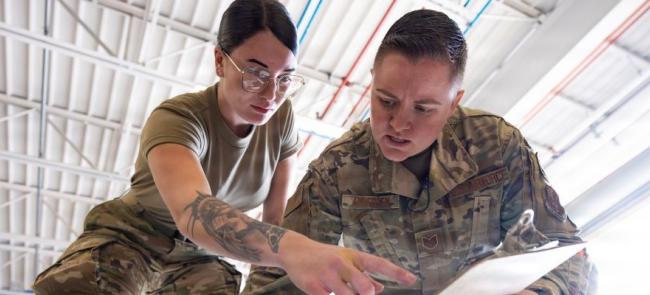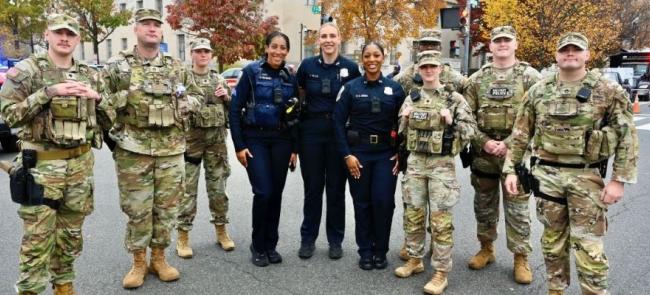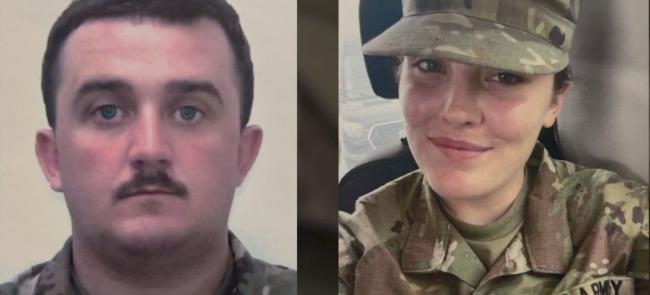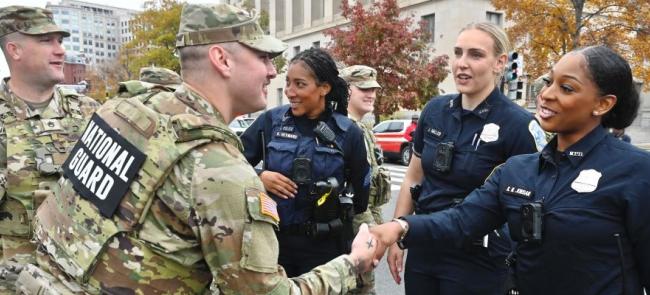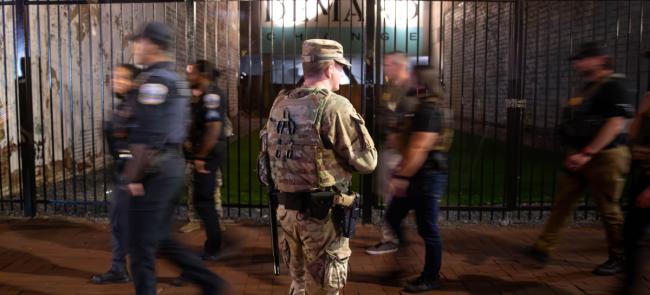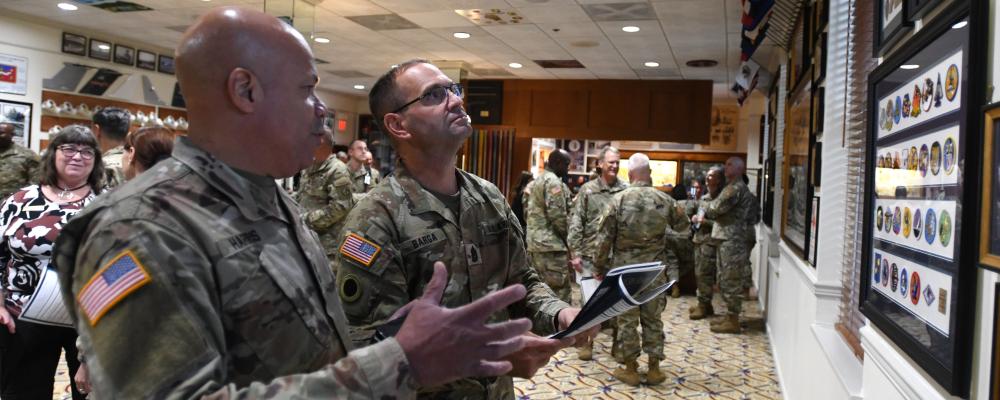
In a hallowed corner of Patton Hall at Northern Virginia’s Joint Base Myer-Henderson Hall, a journey through the annals of American military history awaits.
An officer’s saber from the late 19th century, a World War I-era combat helmet and a flag that bore witness to the attack on Pearl Harbor stand as sentinels to a remarkable legacy.
Welcome to the 1636 Room, a treasure trove of nearly 200 unique artifacts curated by the National Guard’s 54 states, territories and the District of Columbia. It's a living tribute to the nation’s oldest military organization.
For Gen. Daniel R. Hokanson, the chief of the National Guard Bureau, the room honors the Guard’s heritage and its legacy of "courage, duty, honor and service."
"The 1636 Room is a tribute to that tradition, a commemoration of a force unlike any other — one that continues to have an impact as 20% of the Joint Force and continues to shape the course of history," he said during the ceremony unveiling the exhibit Nov. 1.
The idea for the 1636 Room originated late last year, when Hokanson asked the NGB's History Office to develop a plan for a heritage space where Guardsmen could gather for events and social occasions, and where other people could learn more about the force.
By spring, Hokanson had signed off on the history office’s recommendation that Patton Hall would be the ideal spot, said Richard Clark, the NGB's chief historian.
"It is centrally located, and it has a rich history of its own," he said, noting the 3rd U.S. Regiment, as "the oldest regiment in the Army, has a room at Patton Hall, and it seemed appropriate for the oldest U.S. military organization to have a place there as well."
Honoring the roots of today’s Guard, the exhibit space is named in tribute to the 1636 Massachusetts Bay Colony militia. The room boasts an extensive array of strategically positioned artifacts that include framed flags, panel displays, photographs, visual artwork and replicas.
Clark explained each item encapsulates the essence of unique events, remarkable achievements, unit emblems and historic missions undertaken by different Guard elements.
But he emphasized the room’s purpose extends beyond showcasing history.
"History tells us what happened, but heritage is the value we ascribe to that history," he said.
Clark highlighted a canteen, cup and mess kit engraved by soldiers from the New Mexico National Guard’s 200th Coast Artillery during World War II. These very soldiers later endured the harrowing Bataan Death March, followed by internment in POW camps.
"Those are the facts — the history," Clark said. "The heritage is the pride, the trauma and the 'debt of honor' New Mexicans feel they owe the men of that unit."
The artifacts, he added, represent unmatched valor and immense suffering. Only about half of the roughly 1,800 soldiers from New Mexico who fought in the Pacific Theater returned at the end of World War II.
"[The] New Mexico National Guard sent a piece of itself to put in this room," Clark said.
The NGB's history office will continue to update the 1636 Room as it receives more items that represent different aspects of the Guard's heritage.
— By Sgt. Erich B. Smith, National Guard Bureau


